I started my career as a software engineer excited to build useful products. My product manager would bring me the requirements, then I would start building. After 3 to 6 months, I would ship the product and no one would use it.
I got frustrated by pushing code that no one would use, but I was curious about WHY are we building products not HOW are building products, so I decided to switch to product management
Being a product manager is one of the most fulfilling jobs because you are close to the client, close to leadership in your organization, and close to the developers and the designers who are building the product.
Why choose product management as a career in 2024?
1. Rapid Growth in the Tech Sector
Product management is one of the fastest-growing fields in technology and is integral for bringing innovative products to market. It offers a unique blend of creativity, strategy, and technology.
Glassdoor ranked the product manager position as the 4th best job in the United States for 2023, indicating its desirability and opportunities in this field.
“Product Management is the 4 best job in the United States for 2023”
Glassdoor
2. Competitive Salaries
Product managers are well-compensated. In the U.S., the average base pay is approximately $109,000/per year, significantly higher than the median household income. This reflects both the demand and the value of the role.
3. High Demand Across Industries
As McKinsey & Company notes, the role is expanding due to the growing importance of data in decision-making and the evolution of software development methodologies. The need for product managers spans across various industries.
If you are interested in Health, there are product manager opportunities in health tech, if you are interested in finance, you can be a fintech product manager.
While some product managers choose a niche and stick with it, others jump around and discover different industries, which is what I did.
4. Innovation and Impact
One of the main reasons why I decided to jump into product management is to develop products that improve people’s lives. We directly impact the success and direction of the products and, by extension, the company.
Product managers are responsible for creating a lasting impact on the business.
5. Skills Development and Versatility
Product management requires a mix of soft and hard skills, including leadership, communication, negotiation, AI, data handling, and UX design. This diverse skillset makes the role both challenging and rewarding.
There is always something new to learn, you need to keep developing your skills to be effective and relevant
6. Remote Work Flexibility
Product management is at the forefront of the shift to remote working, using tools like Trello and Jira. This flexibility is increasingly sought after in today’s work environment.
I used to be skeptical about remote working for product managers, but there is tools and methods to make it work.
How do you go about learning everything related to product management in 2024?
1. January – Basics
Use January to understand the basics of product management. It involves grasping the core responsibilities, workflow, and the strategic approach required to manage a product from idea to market.
The best book that helped me with the basics is “The Product Book: How to become a great Product Manager”.
This book acts as a comprehensive guide, walking you through the lifecycle of product management. It’s beneficial for its practical approach, offering insights and tactics that are directly applicable to real-world scenarios.
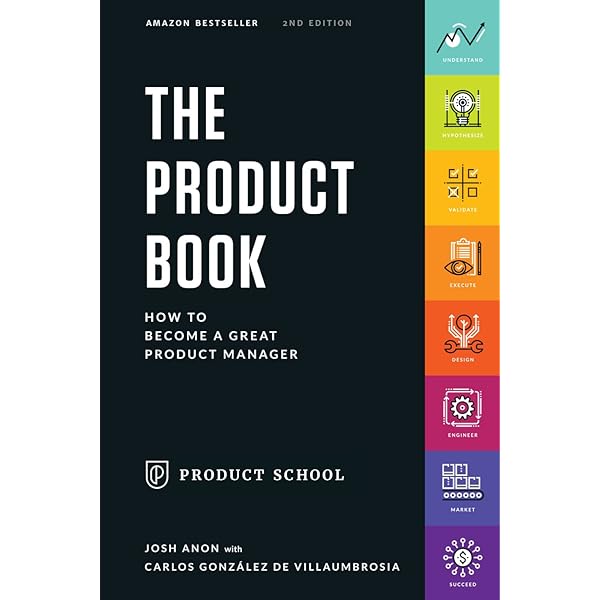
2. February – Market Research
Effective market research is essential in understanding customer needs and market trends.
This knowledge enables product managers to make informed decisions, ensuring the product aligns with customer demands and stands out in the competitive market.
“The Mom Test” Despite its playful title, this book is a serious guide on how to ask the right questions during customer interviews. It’s invaluable for its straightforward, no-nonsense approach to extracting useful information from customer conversations, making it a must-read for anyone struggling with this aspect of product management.
As an introverted ex-engineer who transitioned to product management, this book was a lifesaver.
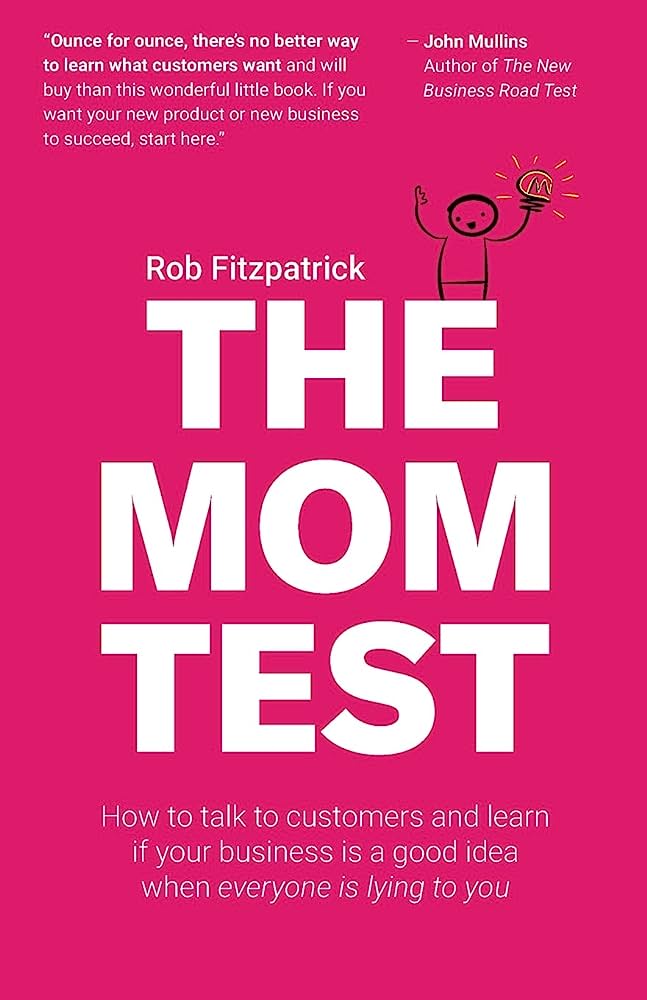
3. March – Design thinking
Design thinking is crucial for product managers as it fosters creativity and innovation.
This user-centered approach to problem-solving helps in developing products that truly resonate with users. It encourages thinking outside the box and coming up with innovative solutions to complex problems.
“Change by Design” Tim Brown’s book is an essential guide to understanding and applying design thinking in product development. It provides a thorough overview of the design thinking process, filled with engaging examples and practical advice.
This book is ideal for those looking to infuse more creativity and user-centric thinking into their product management practice.
I once met a director of product who attributed her entire career success to this book.
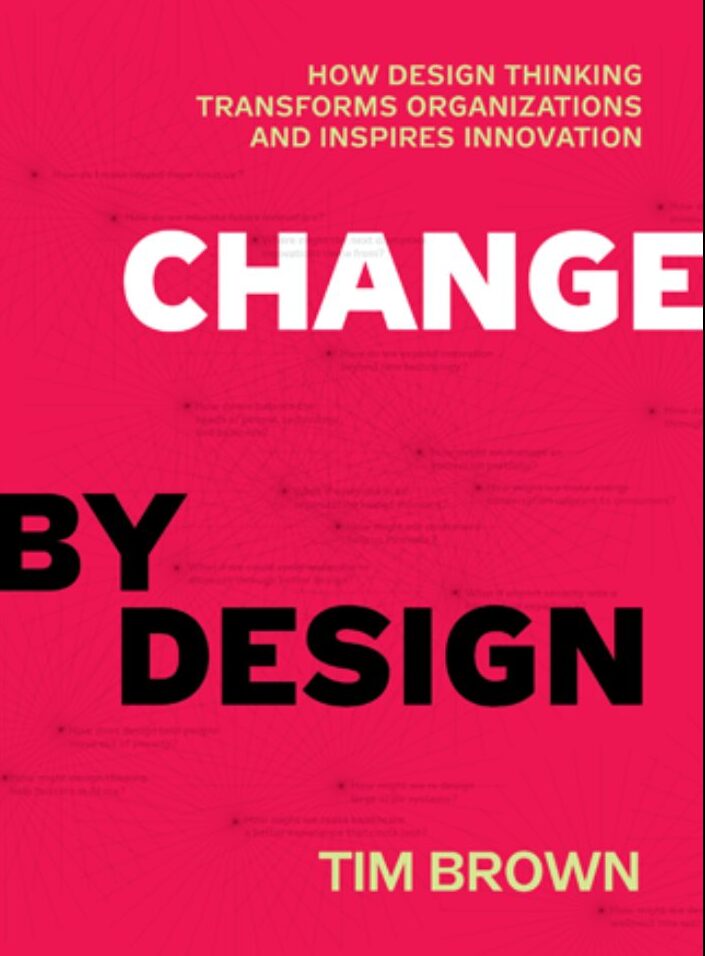
4. April – Execution
Mastery of execution and understanding Agile and Scrum methodologies is vital for today’s product managers. These methodologies promote flexibility, quick adaptation to change, and foster continuous improvement, all of which are critical in the fast-paced tech environment.
“Scrum: The Art of Doing Twice the Work in Half the Time” Jeff’s book is a seminal work in understanding Scrum. It provides a deep dive into the methodology, illustrating how to be more productive and effective in managing products. The book is engaging and filled with real-world examples, making it a valuable read for anyone looking to improve their execution skills.
Caution: With great power comes great responsibility, Agile and Scrum empowered teams to rapidly ship products. but Most of the time we are delivering a product that no one wants.
That is why it is important to spend the first 3 months to understand the basics of product management, market research, and design thinking.

5. May – Developing a Winning Product Strategy
This involves learning to develop a clear vision and actionable plans that guide your product towards market success.
“Playing to Win: How Strategy Really Works” by A.G. Lafley and Roger L. Martin: This book is a treasure trove of insights on formulating and implementing strategies that can lead to market dominance. Written by the former CEO of Procter & Gamble, A.G. Lafley, and renowned management thinker, Roger L. Martin, “Playing to Win” breaks down strategy into five critical questions:
- What is your winning aspiration? The purpose and ambition of your enterprise.
- Where will you play? Choosing the battlefield that best suits your strengths.
- How will you win? Determining the path to gaining a competitive advantage.
- What capabilities must be in place? Identifying the abilities needed to win.
- What management systems are required? The systems and measures to implement the strategy.
This book is a must-read for product managers looking to develop strategies that not only win in the market but also sustain success over time. The practical framework provided by Lafley and Martin is especially useful for translating theoretical strategic concepts into real-world applications, making it an invaluable resource for anyone involved in product strategy.
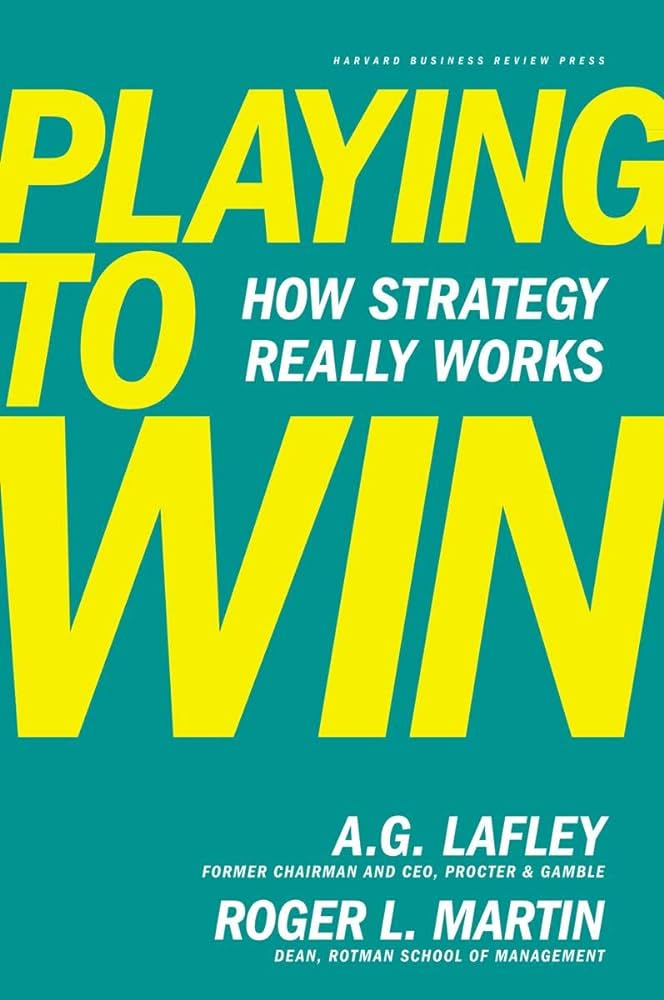
6. June – Leadership
Effective leadership and communication skills are vital for product managers, who often work with cross-functional teams and must influence without authority. These skills enable you to guide teams, articulate visions, and ensure everyone is aligned with the product goals.
There are 100s of books that I can recommend but one of the greatest books on this topic in my humble opinion is “How to Win Friends and Influence People”
Dale Carnegie’s timeless classic offers invaluable lessons in human relations and communication. It’s packed with principles that can help you become a more persuasive and empathetic leader. The book’s practical advice is as relevant today as it was when it was first published 1936.

7. July – Data-Driven Decision Making
In the age of big data, being able to make decisions based on data is crucial. Data-driven decision-making allows for more objective, informed choices, improving the chances of a product’s success in the market.
“Lean Analytics” Written by Alistair and Benjamin, this book is an excellent resource for understanding how to use data effectively in the startup environment. It provides clear guidance on what metrics to track and how to interpret them, making it a must-read for any product manager looking to adopt a more data-driven approach.
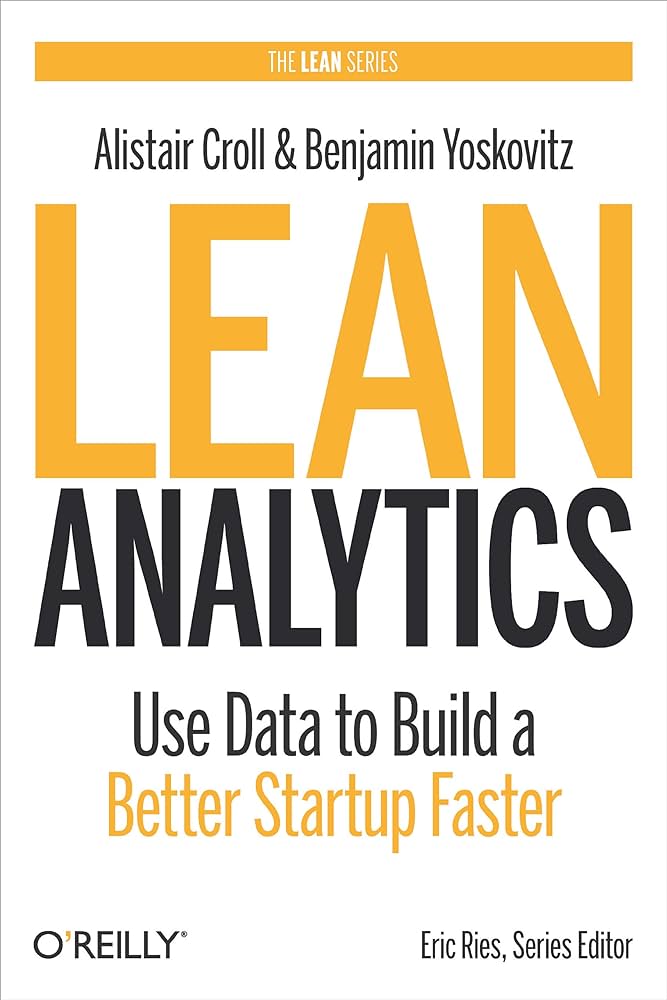
8. August – User Experience (UX) and User Interface (UI) Design
Understanding the principles of UX and UI design is crucial for product managers. A product’s success is not just determined by its functionality but also by how user-friendly and aesthetically pleasing it is. This month, focus on learning how to create products that offer a seamless and engaging user experience.
“Don’t Make Me Think” by Steve Krug, This book is a classic on web usability. Krug’s work is known for its simple, common-sense approach to UX and UI design. It’s filled with practical advice and real-world examples, making it an invaluable resource for product managers who want to understand how users interact with websites and apps.
The book emphasizes the importance of intuitive navigation and user-centered design, crucial for creating products that are not only functional but also enjoyable to use.

9. September – Go to market
Mastering product launches and go-to-market strategies is crucial for ensuring the success of your product in the marketplace. It involves understanding the market, identifying the target audience, and creating effective strategies to engage and attract customers. This knowledge ensures that your product not only reaches its intended audience but also resonates with them, maximizing its impact and adoption.
“Crossing the Chasm” is a definitive guide on marketing technology products. It provides a deep understanding of the dynamics of market acceptance and strategies to bridge the gap between early adopters and the early majority.
The book’s insights are critical for any product manager looking to successfully launch and establish a product in the market.
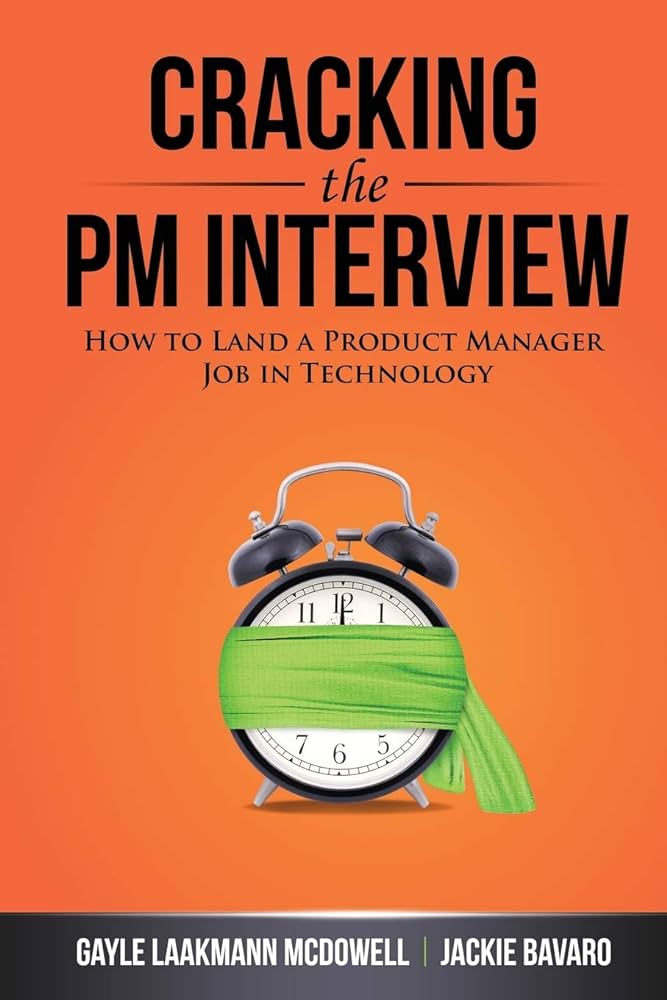
10. October – Being Effective
Developing effective work habits is essential for product managers to manage their time and resources efficiently. It helps in prioritizing tasks, focusing on high-impact activities, and maintaining a balance between various responsibilities.
Good habits are the backbone of successful project execution and personal productivity.
“The 7 Habits of Highly Effective People”: Stephen R. Covey’s book is a timeless resource on personal effectiveness. It provides a principle-centered approach to solving personal and professional problems.
With profound insights and practical examples, the book guides readers in developing habits that lead to increased productivity and effective management, crucial for any product manager.

11. November – Mastering the Product Management Interview
This involves understanding what interviewers look for in a candidate and mastering the skills to effectively showcase your knowledge and experience in product management.
“Cracking the PM Interview: How to Land a Product Manager Job in Technology” by Gayle Laakmann McDowell and Jackie Bavaro. This book is a comprehensive guide for aspiring product managers aiming to break into the tech industry.
It provides an in-depth look into the interviewing process at major tech companies and offers valuable strategies for preparing for these interviews.
The book offers advice on crafting an impressive resume and cover letter, and how to effectively present your previous work and achievements.
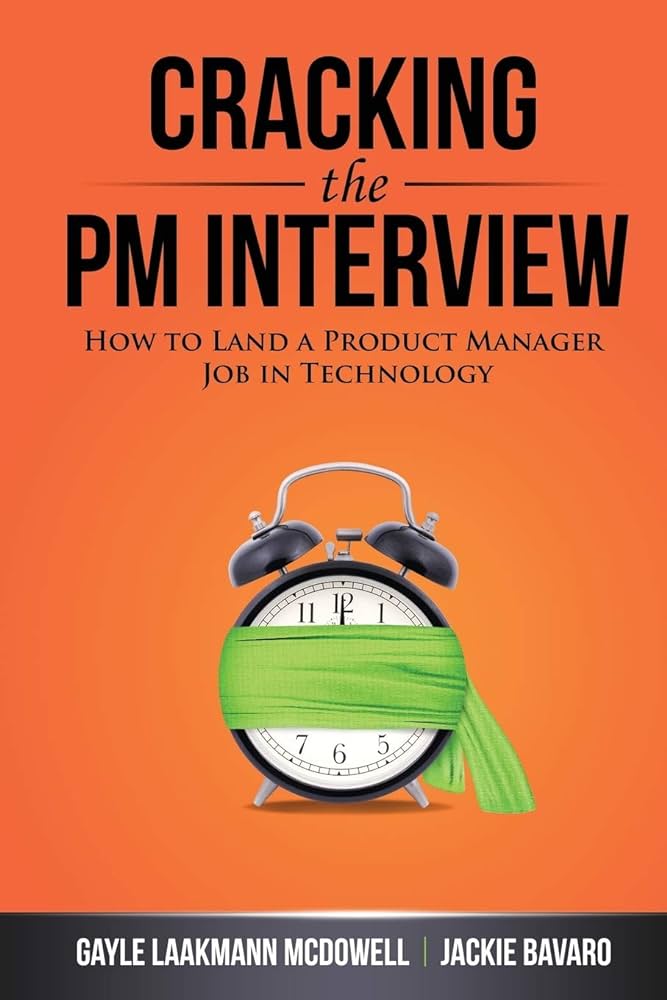
12. December – Create a product
it’s time to apply the comprehensive product management knowledge you’ve gathered throughout the year. This month is all about putting theory into practice and engaging with the product management community for real-world insights.
- Initiate a personal project or collaborate on an existing one. This could involve creating a product roadmap for a hypothetical product, developing a minimum viable product (MVP) for a startup idea, or volunteering to assist in a product-related role in a local organization. The goal is to apply your learning in a practical setting, dealing with real-life challenges and decisions.
- Actively participate in product management communities, either online or locally. Join forums, attend webinars, and partake in meetups. Sharing experiences and discussing challenges with peers can provide diverse perspectives and deepen your understanding of product management practices.
- Seek out a mentor. A mentor can provide guidance, feedback, and support as you navigate through your project. This relationship can be a rich source of learning and professional growth.
- Document your product journey and the insights you gain. Reflecting on what worked, what didn’t, and why, is crucial for your growth as a product manager. This process not only reinforces your learning but can also be a valuable portfolio piece for future career opportunities.
- Consider writing a blog post or an article summarizing your product experience and key takeaways from the year. Sharing your journey can not only help others but also establish your presence in the product management community.
There you have it folks. This is how I would study to become a product manager from scratch in 2024. Feel free to reach out on 𝕏 for any questions.



